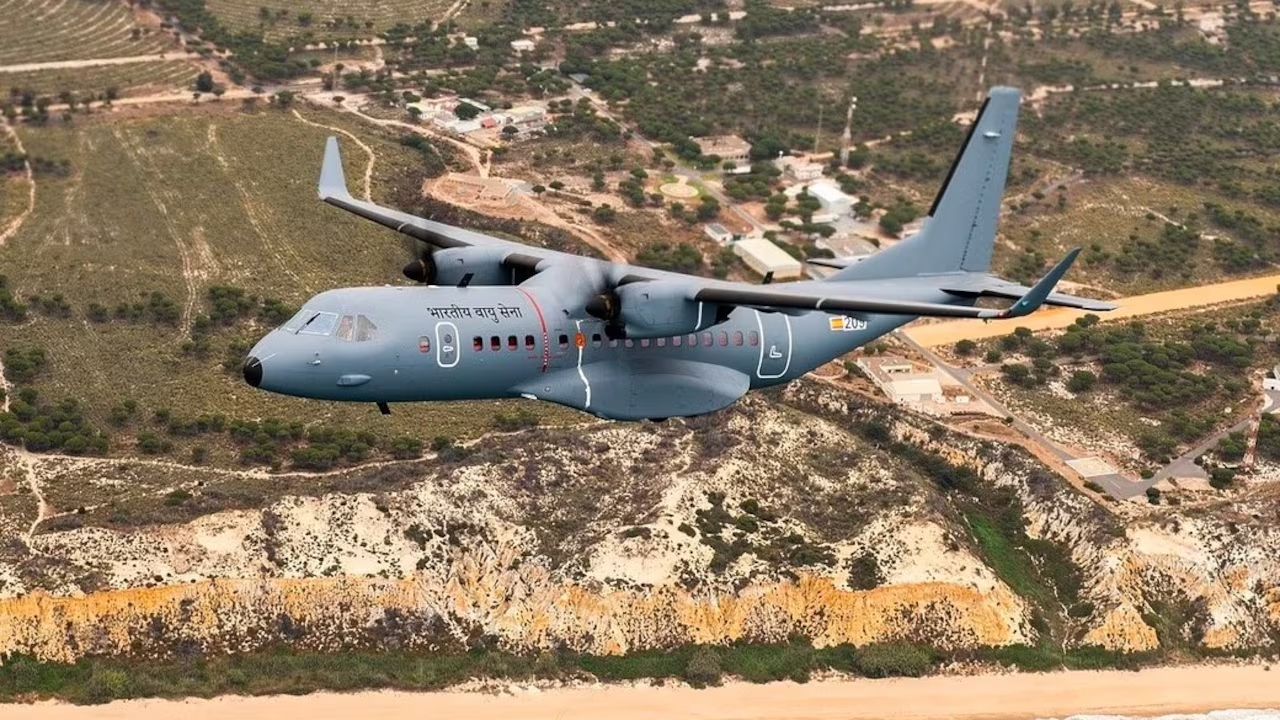The C-295 aircraft represents a significant milestone in India’s defense manufacturing landscape. With the recent inauguration of the Tata Advanced Systems Limited (TASL) facility in Vadodara, the nation is set to embark on an ambitious journey toward self-reliance in military aviation. This article delves into various aspects of the C-295, from its specifications and capabilities to its strategic importance for India’s defense sector
Overview of the C-295 Program
The C-295 program is a collaborative effort between India and Spain, initiated through a landmark agreement signed in 2021. Under this contract, the Indian Ministry of Defence committed ₹21,935 crores to acquire 56 C-295 transport aircraft, aimed at replacing the aging Avro-748 fleet of the Indian Air Force (IAF).
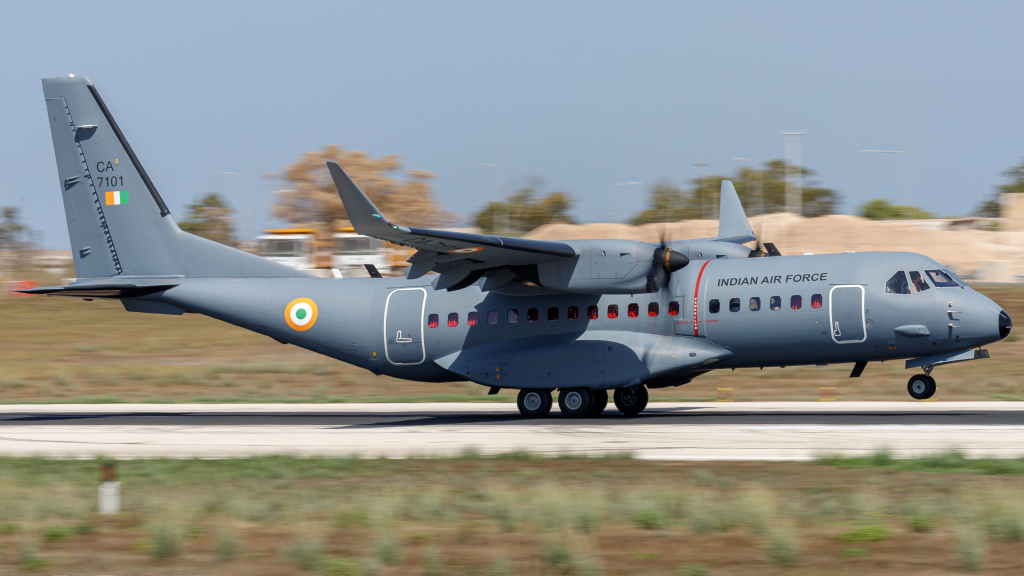
Key Details of the Agreement
- Aircraft Supply: The agreement stipulates that 16 aircraft will be delivered in a fully assembled state from Spain, while the remaining 40 units will be manufactured in India at the newly established TASL facility.
- Timeline: The first locally manufactured C-295 is expected to roll out by September 2026, with all 40 units scheduled for delivery by August 2031.
- Lifecycle Management: The Vadodara facility is designed to handle the entire lifecycle of the C-295, encompassing component manufacturing, assembly, testing, and eventual maintenance.
Significance of the Vadodara Facility
The Vadodara plant is not just a manufacturing site; it is envisioned as a comprehensive ecosystem for defense production. This facility marks India’s first private-sector initiative for the assembly of military aircraft, reflecting a strategic shift towards indigenous capabilities.
Economic Impact
- Job Creation: The establishment of this facility is projected to generate approximately 600 high-skill jobs, alongside over 3,000 indirect jobs and an additional 3,000 mid-skill positions.
- Local Industry Boost: By integrating local suppliers, the project is expected to invigorate small and medium enterprises (SMEs) across India.
Technical Specifications of the C-295
The C-295 aircraft is designed with versatility in mind, featuring a range of specifications that enhance its operational capabilities.
Performance Metrics
- Payload Capacity: The C-295 can transport up to 9 tonnes or accommodate 71 troops.
- Speed and Range: The aircraft has a maximum cruise speed of 260 knots (approximately 481 km/h) and a range of 5,000 km.
- Endurance: It boasts an impressive endurance of up to 11 hours, making it suitable for long missions.
Design Features
- Engine: The C-295 is powered by two Pratt & Whitney Canada PW127G turboprop engines, providing exceptional performance in various environments.
- Short Takeoff and Landing (STOL): The aircraft is capable of operating from short, unpaved runways, a critical feature for tactical operations.
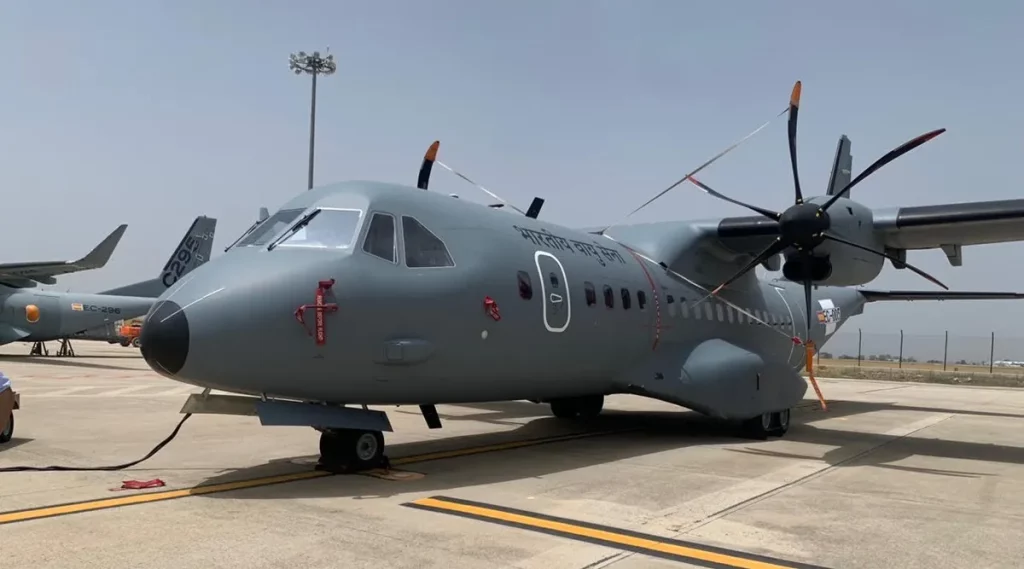
Versatility and Operational Roles
The C-295 is a multi-role aircraft, capable of executing diverse missions that enhance its utility in various operational contexts.
Tactical Transport
- Troop Deployment: The aircraft is ideally suited for transporting troops and logistical supplies to forward operating bases.
- Cargo Operations: Its design allows for rapid loading and unloading, making it efficient for cargo transport.
Specialized Missions
- Medical Evacuations: The C-295 can be configured for casualty evacuation, equipped with necessary medical facilities.
- Surveillance and Reconnaissance: The aircraft can also be utilized for intelligence, surveillance, and reconnaissance missions, enhancing situational awareness.
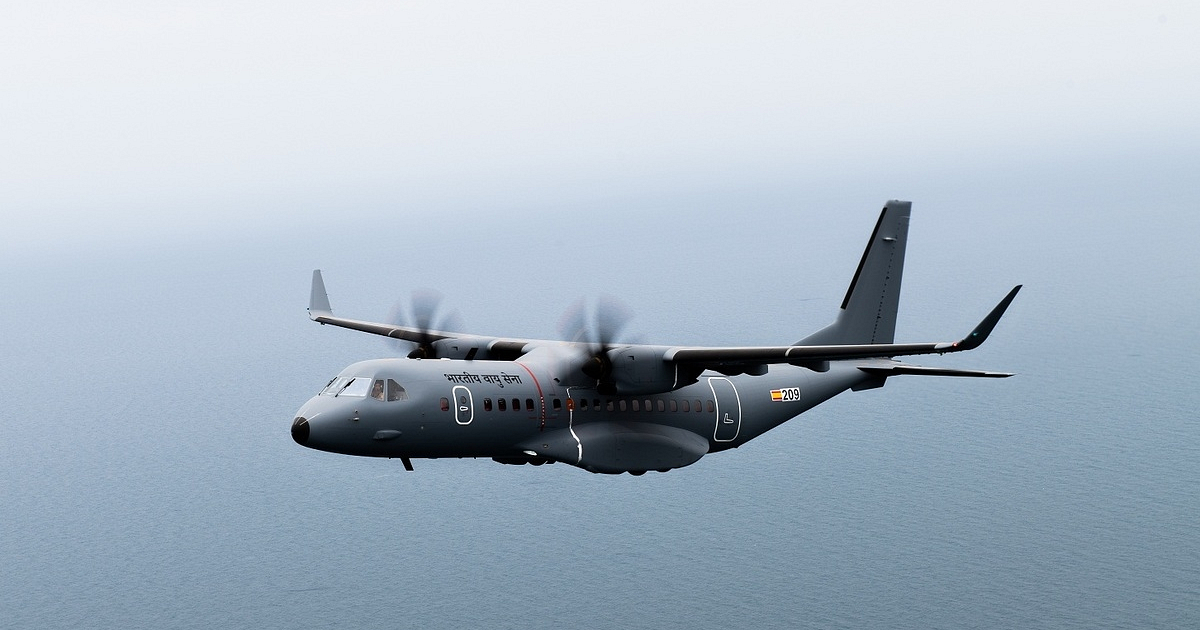
Indigenous Manufacturing and Supply Chain Development
A significant aspect of the C-295 program is its focus on indigenous manufacturing. The collaboration aims to reduce India’s dependency on foreign military equipment.
Local Component Production
- Indigenous Content: The project aims to increase local content from 48% initially to 75% by the time all aircraft are delivered.
- Supplier Network: Airbus has already identified 37 local suppliers, primarily SMEs, to manufacture various components of the aircraft.
Long-term Vision
- Defence Ecosystem: The initiative is expected to foster a robust defense manufacturing ecosystem in India, encouraging further investment and innovation in the sector.
- Job Creation: As manufacturing capabilities expand, the potential for job creation in the aerospace sector will also grow, contributing to economic development.
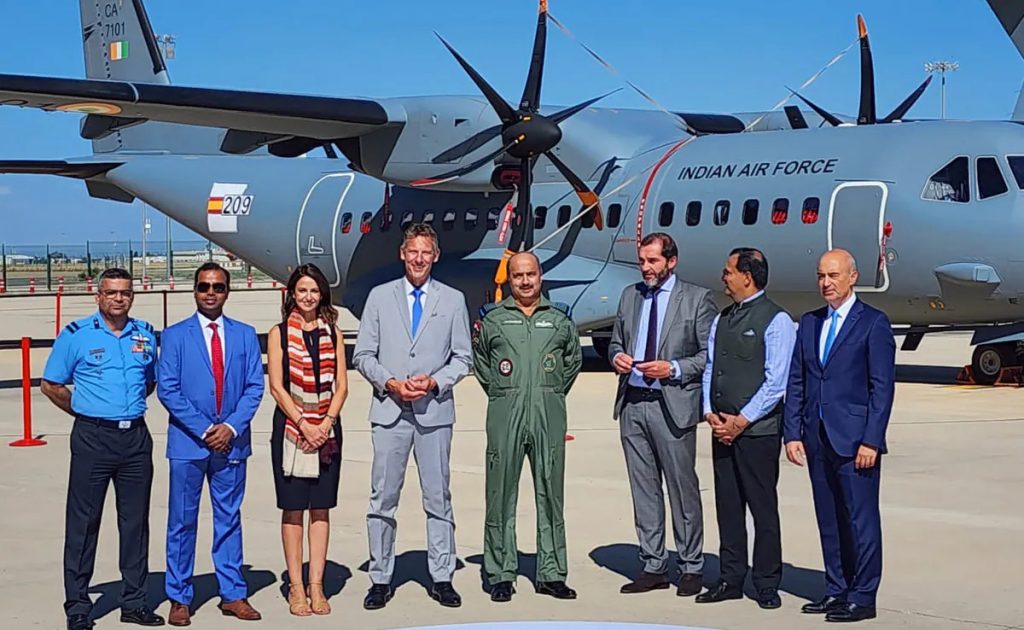
Strategic Importance for India
The C-295 program aligns with India’s broader strategy to enhance its defense capabilities while reducing reliance on imports.
Historical Context
India has traditionally depended on foreign suppliers for military equipment, particularly from nations like Russia. However, recent geopolitical tensions have underscored the need for self-sufficiency.
National Security
- Operational Readiness: By developing indigenous capabilities, India aims to ensure operational readiness and reduce vulnerabilities associated with supply chain disruptions.
- Strengthening Defense Forces: The C-295 will provide the IAF with modern aircraft that meet contemporary operational requirements, enhancing overall defense preparedness.
Global Context and Comparisons
The C-295 is not just a national asset; it also plays a role in the global defense landscape.
International Collaborations
- Global Partnerships: The project exemplifies a growing trend of international collaborations in defense manufacturing, where countries work together to enhance their military capabilities.
- Export Potential: Once the production is stabilized, the C-295 manufactured in India could be exported to other nations, contributing to India’s defense diplomacy.
Competitive Edge
- Technological Advancements: The C-295 incorporates advanced technology that positions it favorably against competitors in the tactical transport aircraft segment.
- Market Demand: As nations seek versatile and efficient military aircraft, the C-295 is poised to meet this demand effectively.
Future Prospects
As the C-295 program unfolds, several future prospects are worth considering.
Expansion of Capabilities
- Further Developments: The initial success of the C-295 could pave the way for further advancements in military aviation technology in India.
- Research and Innovation: Continued investment in research and development will be crucial for maintaining a competitive edge in the global market.
Long-term Goals
- Self-reliance in Defense: The ultimate goal is to achieve complete self-reliance in defense manufacturing, reducing the need for imports and fostering a robust domestic industry.
- Aerospace Leadership: India aspires to become a leader in aerospace technology, contributing not only to its own defense but also to global security.
Conclusion
The C-295 aircraft program marks a transformative step for India in its quest for self-reliance in defense. With the establishment of the TASL facility in Vadodara, the nation is poised to manufacture state-of-the-art military aircraft that meet modern operational needs.
This initiative not only strengthens India’s defense capabilities but also fosters economic growth through job creation and local industry development. As the C-295 takes to the skies, it symbolizes a new era of indigenous military aviation, positioning India as a formidable player in the global defense landscape.

